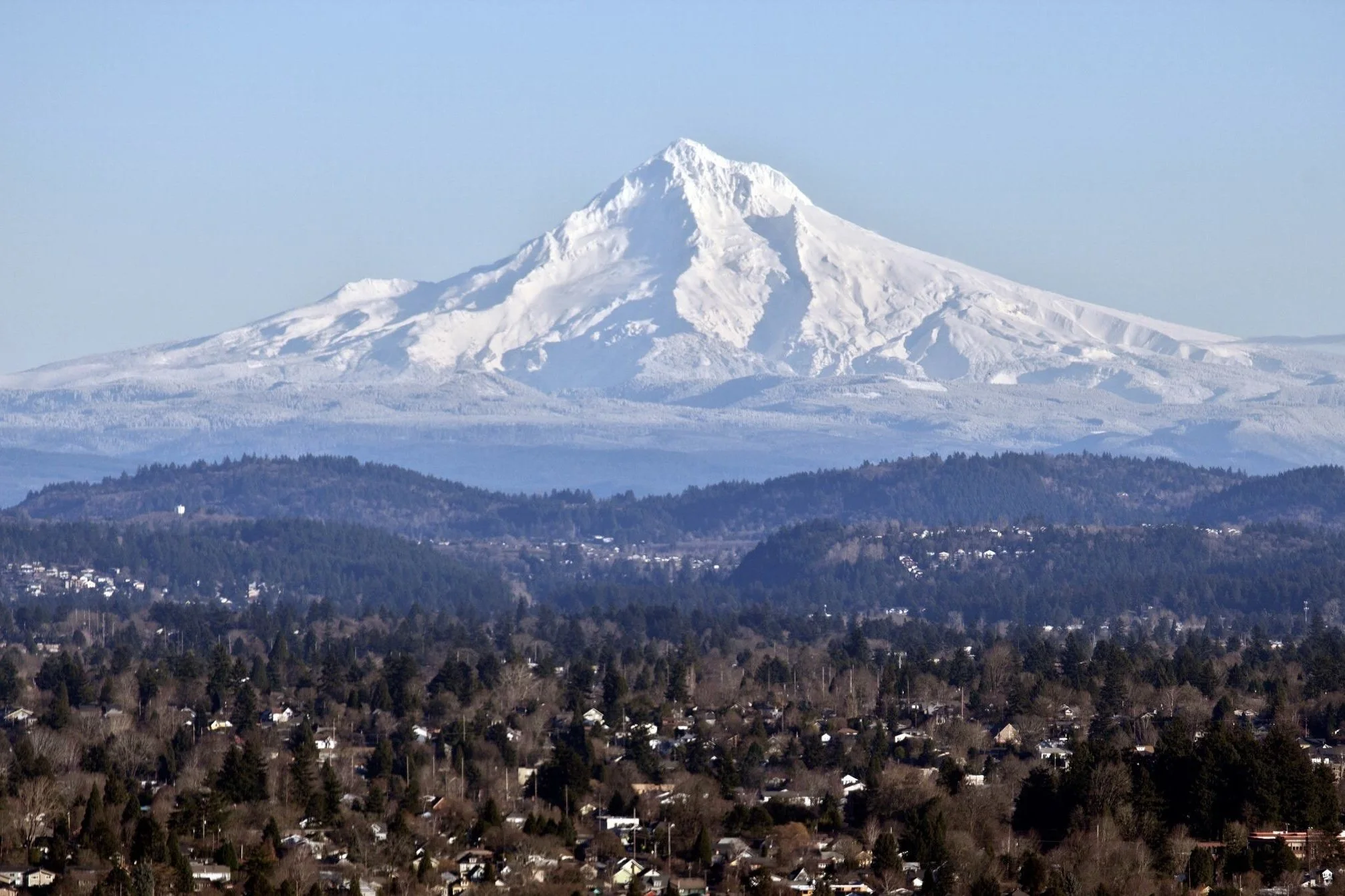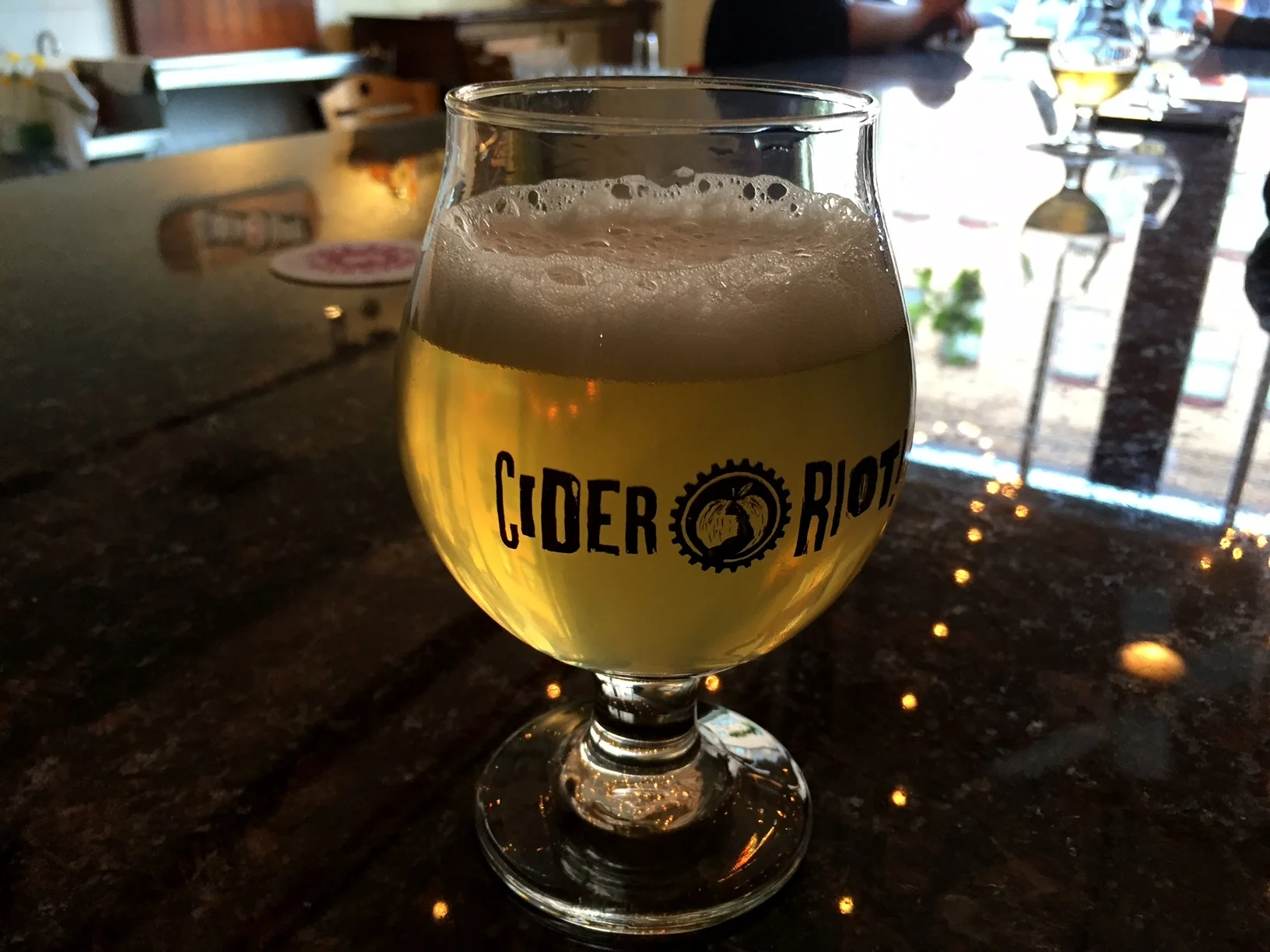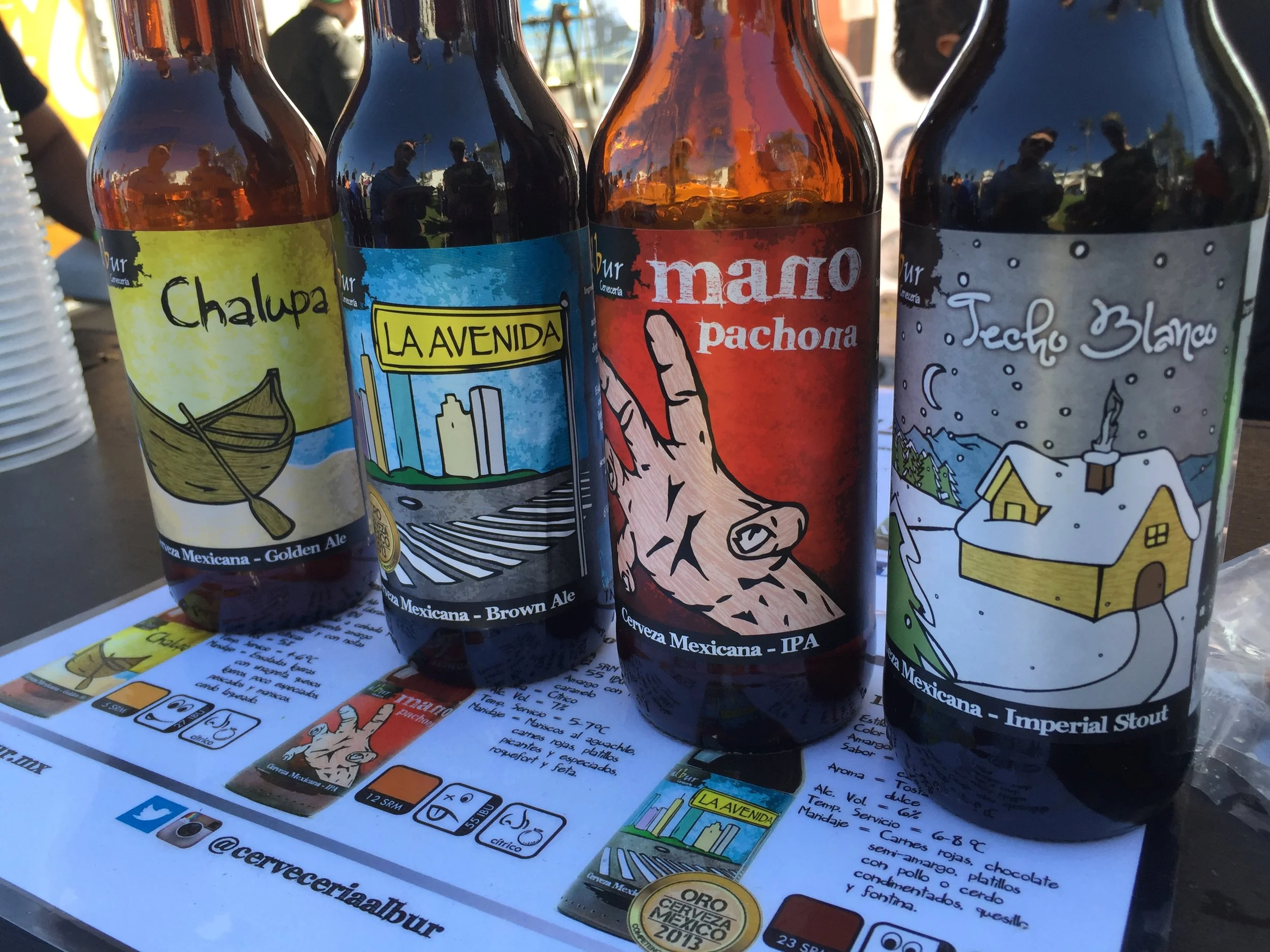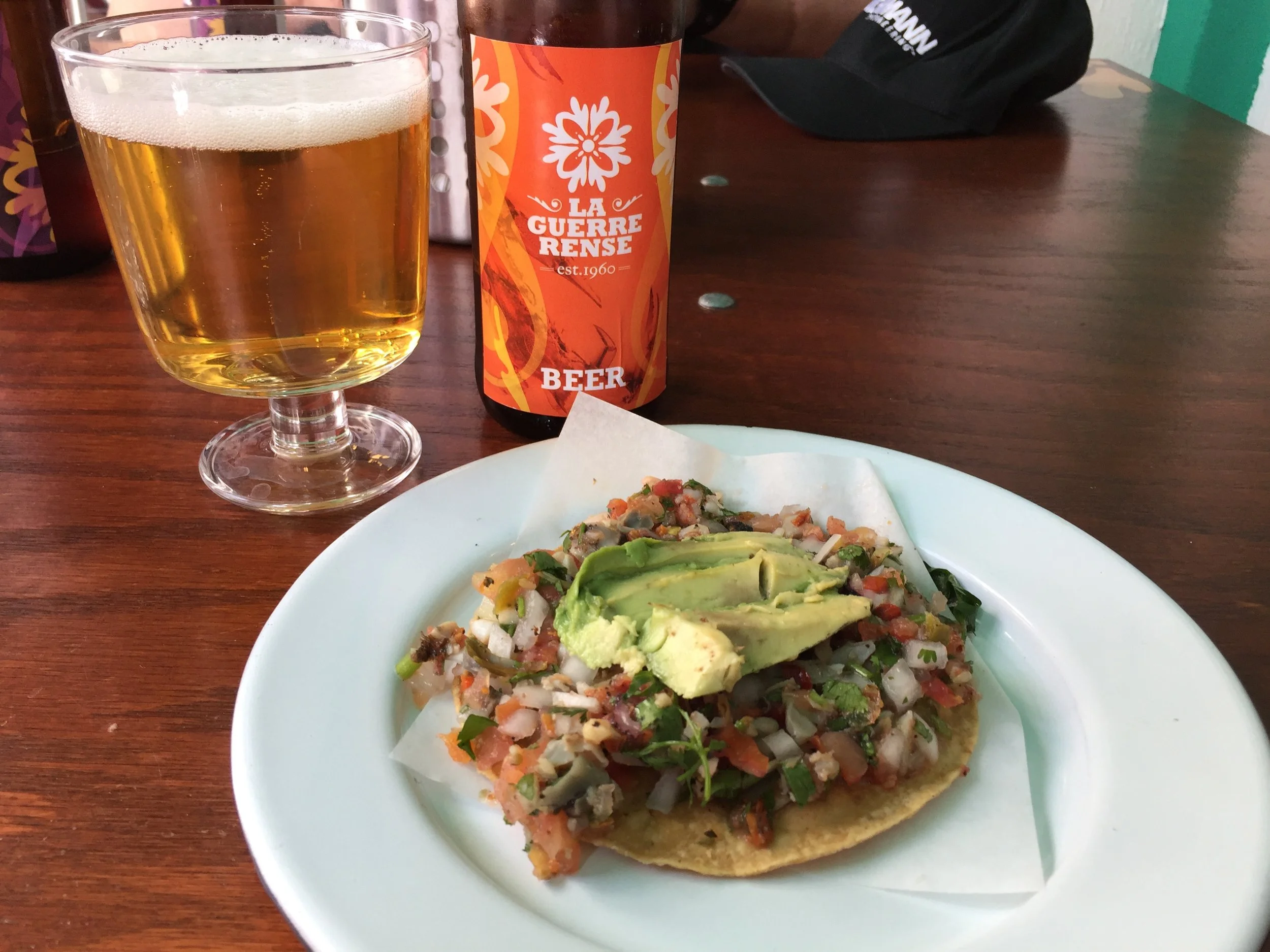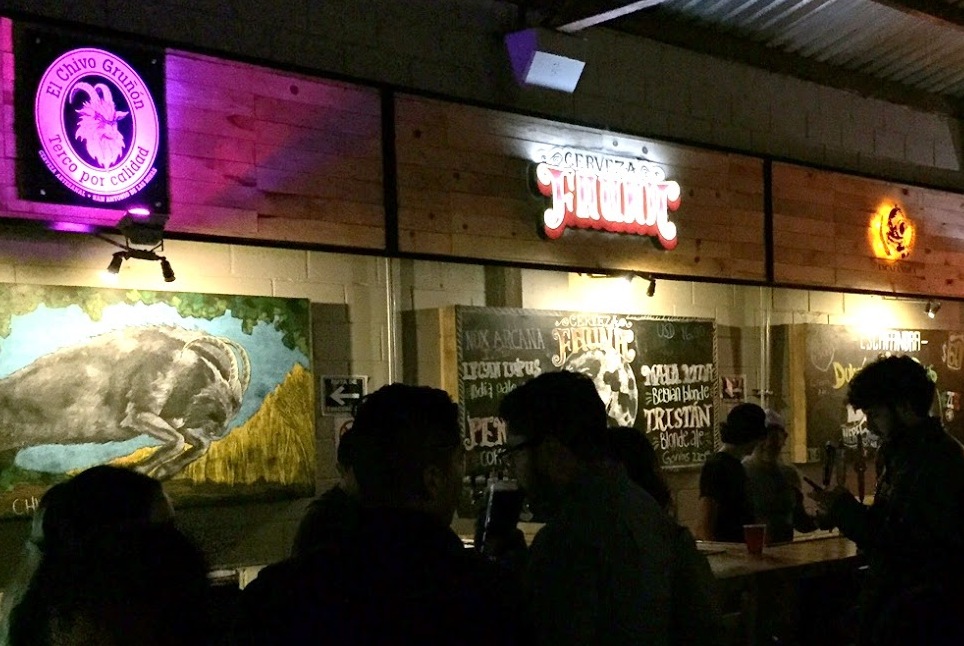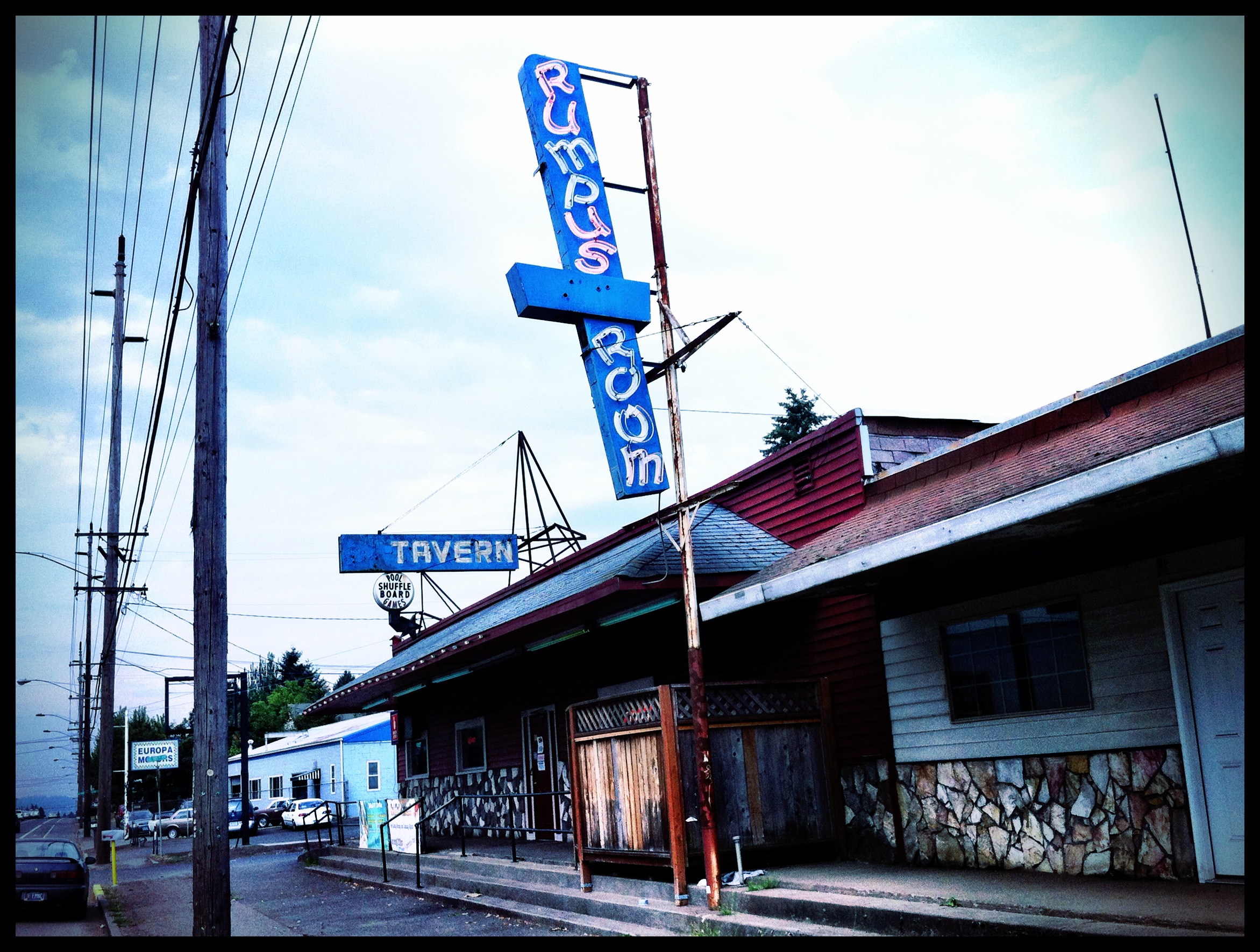On Monday, Cider Riot's Abram Goldman-Armstrong put 63 hectoliters--nearly 60 barrels--of cider in cans for the first time. Yesterday he had a media event at his pub and cidery to introduce Everyday Cider and it made me realize some things have changed since I last checked in on cider. Time for an update.
Read MoreHello, all, and welcome to the new digs. I first founded the Beervana blog in February 2006, and it has lived as a Blogspot domain throughout its life. You may imagine that it wasn't so tacky to have a blogspot blog in 2006, but you'd be wrong. Perhaps not as tacky, but tacky nonetheless. This blog has been a long time coming.
Read MoreWe have a new podcast for your listening pleasure. The main subject is Mexican craft beer, featuring an interview with Enrique Aceves-Vincent Ramirez ofGuadalajara’s Loba Brewing. We talk about the Mexican market, what it's like getting started there, and where things may be headed. A great primer for those of you interested in our southern neighbor.
Read More“Anyway, the women made beer on the stove at the time. It was so strong and sweet and very alcoholic so they kept in a little cask in the cellar. If they wanted some beer, they went down with the jug and tapped off some beer—it was flat. But they didn’t like cold beer. So they had to heat it up: they put the metal poker in the fire and it was glowing red, and when they put it in the thick beer (it didn’t have a name, it was called “thick beer”) with lots of sugars in it and the sugars instantly caramelized. It gave it a roasted, caramelized flavor.”
Read MoreIf you can't call to mind a Mexican craft brewery, don't feel too bad. It's a surprisingly recent phenomenon, dating back a little more than a decade. The first significant craft brewery was Minerva, from Jalisco, launched in 2003. That somewhat overstates things, however. One of the people most able to see the scope of the market is Tero Moliis, who founded an ambitious ratings app called Maltapp. "Two years ago--well, in 2014, let's say, there were fifty or as many as 75 breweries," he told me. "Today there are over 600." Over the past year, they've been opening at a rate of more than one a day.
Read MoreA new title has elbowed its way onto the increasingly-crowded beer section at your local bookseller: The Secrets of Master Brewers, my latest book. It is, foremost, a guide to homebrewing. But it's not just a brewing manual. The idea behind the book was to introduce the idea of national tradition, this notion that people who inhabit a region begin to think about beer in a similar way and develop techniques that accentuate their preferences in beer.
Read MoreThe second—and for me, final—stop was at Baja Brews, a “colectivo” where several breweries are on hand pouring their beers. Imagine a food court, but with breweries. Someone had the brilliant idea of repurposing an old warehouse into Baja Brews, which spills out on the back to a cliff-side view of the Pacific. Live music plays while you sample beers from one of eight (I think) different breweries. It’s a pretty magical place to get a pint of beer.
I send my dispatch today from under the sunny(ish) skies of Ensenada, Mexico. There's an annual craft beer festival down here that has grown to become one of the more important dates on the annual calendar. Over a hundred breweries will be pouring beer on Saturday and as a lead-up there is a series of talks and lectures from I think largely academic types (I met a researcher last night).
Read MoreIn one week's time, my latest book will officially be published: The Secrets of Master Brewers from Storey Publishers, part homebrew how-to, and part brewing anthropology. The book is organized to reveal the proclivity of brewers in different countries. I start with an introduction of the national style and what typifies it, and then offer deep dives into classic types of beer, with recipes and formulations offered by brewers who made them famous.
Read MoreWhen an American says "I'm Irish," it has nothing to do with Ireland. It's an American telling you something about his own identity. That's how we think. Should we think otherwise? That's not really a question that any culture can adequately respond to. Should the Spanish eat dinner earlier? Should Indians have a shorter sense of time? Should Canadians hunt less?
Read MoreSpeakeasy was a big brewery. In 2015, it was the 86th largest craft brewer--or among the largest 1%. Small breweries close all the time--and have, even during that growth boom in the past few years. Not every business plan is well-conceived, not every brewery capable of making good beer. But Speakeasy has been around 20 years and understands the business of making and selling beer.
Read MoreOver the course of the coming year, I hope to post these kinds of things from time to time. Below is a short audio clip of Kurt and Rob describing their first sale. It captures the rawness of experience, both of young brewers and also bars used to dealing with familiar distributors, but also of a different time in Portland. I spent a bit of time trying to find any photo--or even mention--of the Louis the XIV (14th) bar, which was located on Sandy, but all record of it seems to be lost. We have to use our imaginations--and the tale below is suggestive.
Read MoreThe United States is almost entirely an immigrant nation. The ancestors of the people who live here now came from other places, and the culture of the country continues to evolve as new groups arrive. We are a country composed of little bits of culture pieced together by people who bailed on their former countries, adding their cuisines and couture and music and beverages to what it means to be "American."
Read MoreI had brewed a range of pale ales and when we were thinking about starting the brewery I wanted to do something that was not British, that was American, and wanted to feature American ingredients wherever possible and so chose the Cascade hop as about the only signature American aroma hop at the time. I blended a little bit of brewing technology and history from England with my homebrewing and some US ingredients and came up with pale ale.
Read MoreThe remarkable thing about both batches (but especially the lupulin powder), was the way the aromas exploded out of the carboys. Simcoes are famous for being grapefruity-to-piney, but the aroma--especially with the lupulin powder--was intensely fruity. Not like any existing fruit, but a heretofore undiscovered, I imagine fleshy, tropical fruit that might, to the most careful of sniffers, suggest hop. But only just.
Read More
But now we come to the riddle. American brewers have developed a new way of brewing that exposes very few hops to the long boiling process. Most of the hops are added at the very end of the boil, are used after the heat is turned off so they steep like tea leaves in the wort, or are added to cold, fermented beer as dry hops. Accordingly, these beers contain very few iso-alpha acids. And yet, amazingly, they still taste bitter. How can this be?
The Oregon Beer Awards were handed out last night, and there were a few surprises. The first came when Wolf Tree (Seal Rock) won the first gold medal. Wait, who? That happened several times throughout the night, as obscure breweries took home medals: Freebridge (the Dalles), Back Pedal (Portland), Salem Ale Works, and Wild Ride (Redmond).
Read More